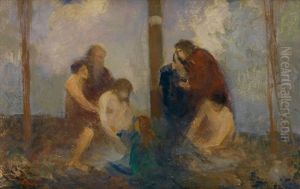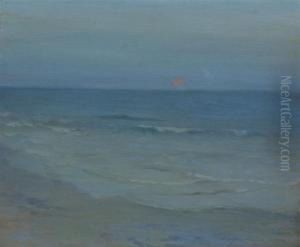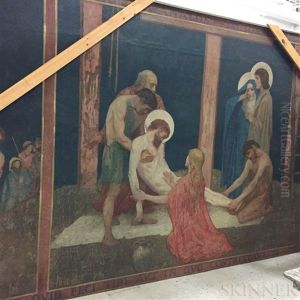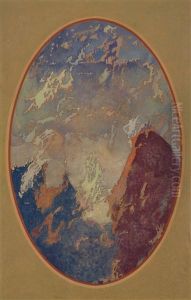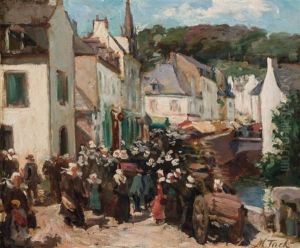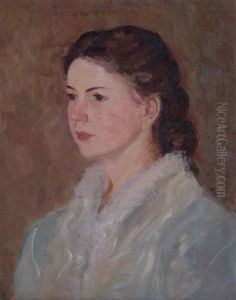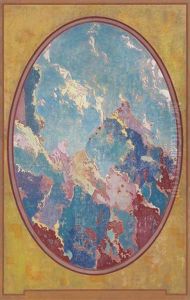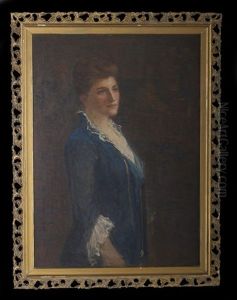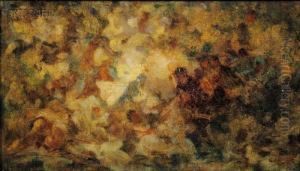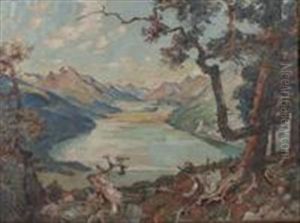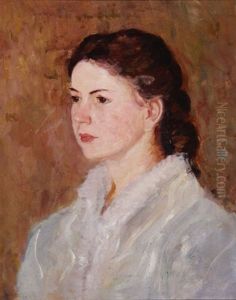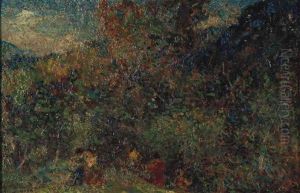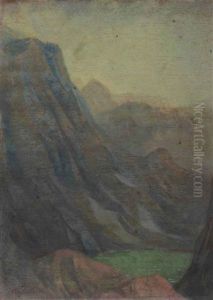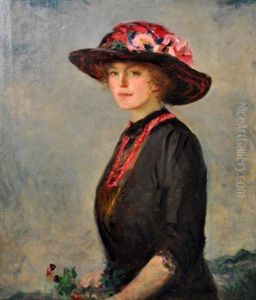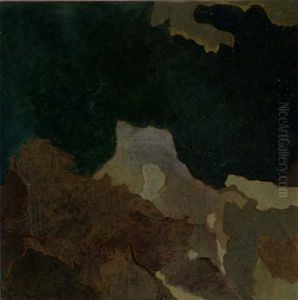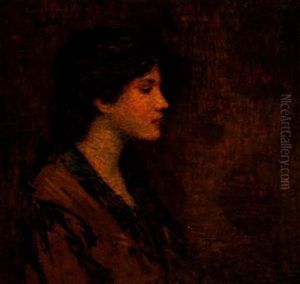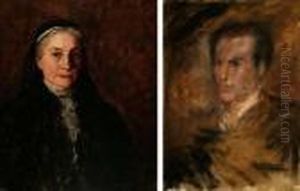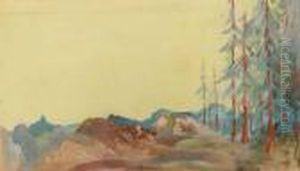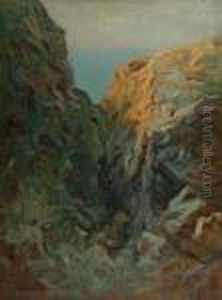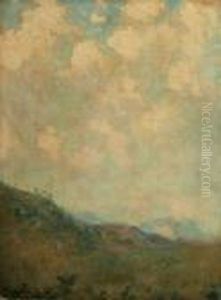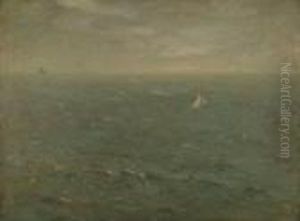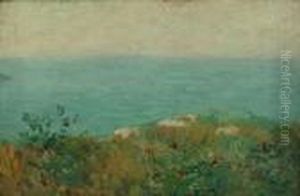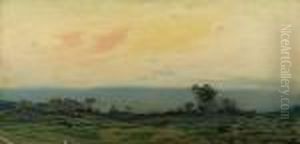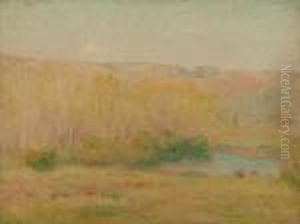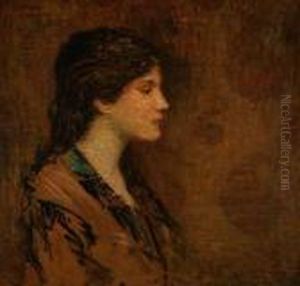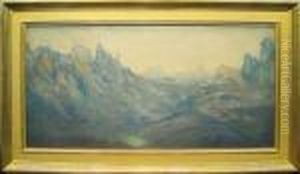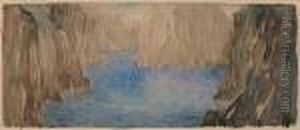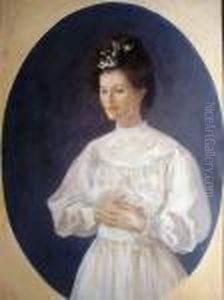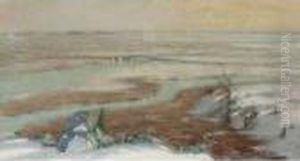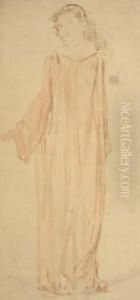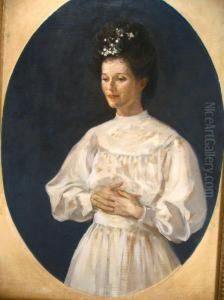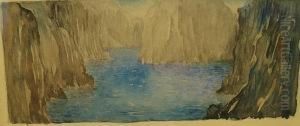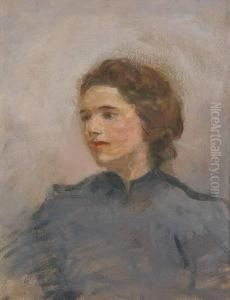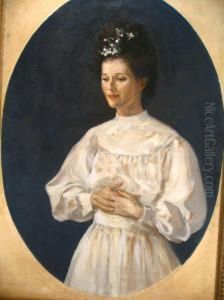Augustus Vincent Tack Paintings
Augustus Vincent Tack was an American painter known for his ethereal landscapes and his intimate portraits. Born on September 10, 1870, in Pittsburgh, Pennsylvania, Tack came from a family with a strong cultural background; his mother was a well-read woman who played a significant role in fostering his early artistic interests.
From 1891 until 1894, Tack studied at the Art Students League of New York under the tutelage of American impressionist William Merritt Chase, a prominent figure in American art during the late 19th century. Tack's early work was influenced by Chase’s impressionistic style, but he eventually developed his own more abstract and visionary approach to painting.
In the early 20th century, Tack became closely associated with the patronage of Duncan Phillips, the founder of the Phillips Collection in Washington, D.C. This relationship was pivotal for Tack's career, as Phillips was an ardent supporter of his work, providing him with both financial support and a platform to showcase his art. Phillips described Tack's work as 'spiritual' and 'a search for the absolute.'
Tack's landscapes and abstract works often reflected a transcendentalist philosophy, with an emphasis on the spiritual and mystical aspects of nature. His later work in particular is characterized by a use of soft, diffused light and a muted palette to create a sense of calm and contemplation. He also painted portraits of several notable figures of his time, which were marked by a similar ethereal quality and delicate handling of features.
During his lifetime, Tack's paintings were exhibited at major institutions, such as the Corcoran Gallery of Art and the Carnegie Institute. Despite his association with prominent figures and institutions, Tack never achieved the same level of fame as some of his contemporaries. However, his work has been reassessed over time and is now recognized for its unique contribution to American art.
Augustus Vincent Tack passed away on April 21, 1949, in New York City. Today, his works are part of numerous public collections, including the Phillips Collection, the Metropolitan Museum of Art, and the Carnegie Museum of Art. His legacy is that of a painter who sought to capture the transcendent and ineffable qualities of the world around him, striving to bridge the gap between the visual and the spiritual.
